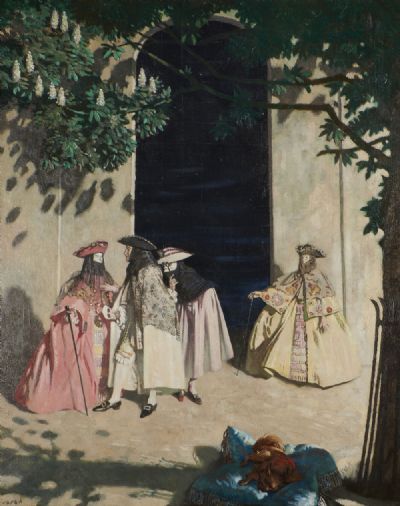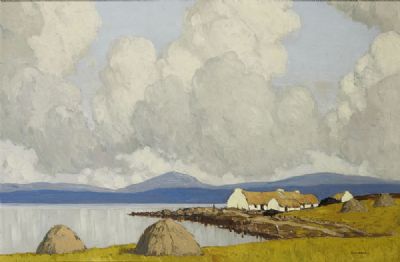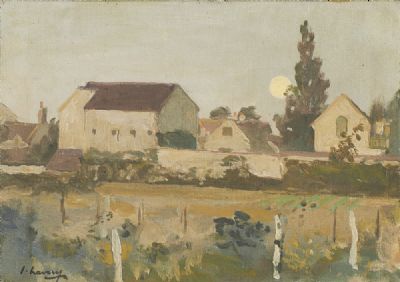Bidding on this item has ended.
Roderic O'Conor
NATURE MORTE
Lot 11
Price Realised:
€150,000
Estimate:
€150,000 - €250,000
Roderic O'Conor, 1860-1940
NATURE MORTE
Oil on canvas, 36 1/4" x 28 3/4" (92 x 73cm), signed and dated 1921; inscribed verso, stamped verso 'atelier / O'CONOR'.
Provenance: studio of the artist, sold Hôtel Drouot, Paris, 7 February 1956; private... Read more
 Lot 11
Roderic O'Conor
NATURE MORTE
Lot 11
Roderic O'Conor
NATURE MORTE
NATURE MORTE
Oil on canvas, 36 1/4" x 28 3/4" (92 x 73cm), signed and dated 1921; inscribed verso, stamped verso 'atelier / O'CONOR'.
Provenance: studio of the artist, sold Hôtel Drouot, Paris, 7 February 1956; private... Read more
 Lot 11
Roderic O'Conor
NATURE MORTE
Lot 11
Roderic O'Conor
NATURE MORTE
Estimate:
€150,000 - €250,000
Roderic O'Conor, 1860-1940
NATURE MORTE
Oil on canvas, 36 1/4" x 28 3/4" (92 x 73cm), signed and dated 1921; inscribed verso, stamped verso 'atelier / O'CONOR'.
Provenance: studio of the artist, sold Hôtel Drouot, Paris, 7 February 1956; private collection, France.
Exhibited: Salon d'Automne, Paris, 1 November to 20 December 1921, no. 1777 as 'Nature morte.'
Between 1919 and 1935, forty-six percent of Roderic O'Conor's exhibited pictures consisted of still lifes, a statistic that demonstrates the increasing importance he attached to this subject as his career developed. The confines of his courtyard studio at 102 Rue du Cherche-midi became his creative world, and instead of continuing to paint landscapes, he switched over almost entirely to producing paintings of clothed and unclothed female models, as well as compositions featuring cut flowers, fruit, vegetables, and ceramic items from China, Brittany and the Netherlands. These he arranged next to his large studio windows with all the skills of a theatrical set designer, choosing the objects, colours and shapes carefully, ensuring the balance of light and shade was just right, and often abandoning pictures that failed to satisfy him. Those such as Nature morte that made it into exhibitions were painted in a style best described as expressive realism, influenced by Rembrandt's and Chardin's love of everyday objects, but with a leaning towards the freer handling of paint favoured by School of Paris artists such as Chaïm Soutine, Pinchus Kremègne and Ortiz de Zarate.
That O'Conor's still lifes found favour with his contemporaries is clear from the examples that were acquired by Roger Fry, Clive Bell, Somerset Maugham, Alden Brooks, Charles Hall Thorndike, the Contemporary Art Society and the French State (now Musee d'Orsay, Paris).
The present work has been painted on a size 30 French canvas, which was large by O'Conor's standards. It features roses, poppies, a cucumber, a tureen, a scalloped serving dish and a delft apothecary's jar. The artist has arranged these items with consummate skill, such that the pale objects in the foreground radiate light and colour through being set against a very dark background. The cucumber that traverses the circular wooden tray forms a diagonal, lending greater depth to the picture in the same way that Manet and Cezanne would place a silver knife overhanging the table edge in their still lifes. However, in O'Conor's Nature morte not quite everything has been coaxed out of the darkness to stand out distinctly and clearly: the leaves and flower stems of the two pink roses to the left are caught in the half light - a state that O'Conor captures with soft, feathered brushstrokes, contrasting with the assertive sweeps of the palette knife reserved for the blooms themselves.
O'Conor's young mistress Renee Honta (1894 - 1955) often advised her partner to eat healthily, recommending plenty of fresh fruit and vegetables and that he should come off meat temporarily. His attempts at compliance are evident from the letters he sent her when she was painting in the country, and they would post each other gifts such as a box of watercolours (him to her) and a large packet of butter (her to him). His comments indicate that he was well practiced at sourcing his own fruit and vegetables, not just for sustenance, but also for his still lifes, no doubt taking his pick from one of the many Parisian street markets. In Nature morte he has set their green, orange, red, pink and yellow accents off against a group of plain ceramics with white glazes and restrained decoration. That the result pleased him is confirmed by the fact that he placed it on public exhibition just a few months after the paint had dried.
Jonathan Benington, October 2021.
NATURE MORTE
Oil on canvas, 36 1/4" x 28 3/4" (92 x 73cm), signed and dated 1921; inscribed verso, stamped verso 'atelier / O'CONOR'.
Provenance: studio of the artist, sold Hôtel Drouot, Paris, 7 February 1956; private collection, France.
Exhibited: Salon d'Automne, Paris, 1 November to 20 December 1921, no. 1777 as 'Nature morte.'
Between 1919 and 1935, forty-six percent of Roderic O'Conor's exhibited pictures consisted of still lifes, a statistic that demonstrates the increasing importance he attached to this subject as his career developed. The confines of his courtyard studio at 102 Rue du Cherche-midi became his creative world, and instead of continuing to paint landscapes, he switched over almost entirely to producing paintings of clothed and unclothed female models, as well as compositions featuring cut flowers, fruit, vegetables, and ceramic items from China, Brittany and the Netherlands. These he arranged next to his large studio windows with all the skills of a theatrical set designer, choosing the objects, colours and shapes carefully, ensuring the balance of light and shade was just right, and often abandoning pictures that failed to satisfy him. Those such as Nature morte that made it into exhibitions were painted in a style best described as expressive realism, influenced by Rembrandt's and Chardin's love of everyday objects, but with a leaning towards the freer handling of paint favoured by School of Paris artists such as Chaïm Soutine, Pinchus Kremègne and Ortiz de Zarate.
That O'Conor's still lifes found favour with his contemporaries is clear from the examples that were acquired by Roger Fry, Clive Bell, Somerset Maugham, Alden Brooks, Charles Hall Thorndike, the Contemporary Art Society and the French State (now Musee d'Orsay, Paris).
The present work has been painted on a size 30 French canvas, which was large by O'Conor's standards. It features roses, poppies, a cucumber, a tureen, a scalloped serving dish and a delft apothecary's jar. The artist has arranged these items with consummate skill, such that the pale objects in the foreground radiate light and colour through being set against a very dark background. The cucumber that traverses the circular wooden tray forms a diagonal, lending greater depth to the picture in the same way that Manet and Cezanne would place a silver knife overhanging the table edge in their still lifes. However, in O'Conor's Nature morte not quite everything has been coaxed out of the darkness to stand out distinctly and clearly: the leaves and flower stems of the two pink roses to the left are caught in the half light - a state that O'Conor captures with soft, feathered brushstrokes, contrasting with the assertive sweeps of the palette knife reserved for the blooms themselves.
O'Conor's young mistress Renee Honta (1894 - 1955) often advised her partner to eat healthily, recommending plenty of fresh fruit and vegetables and that he should come off meat temporarily. His attempts at compliance are evident from the letters he sent her when she was painting in the country, and they would post each other gifts such as a box of watercolours (him to her) and a large packet of butter (her to him). His comments indicate that he was well practiced at sourcing his own fruit and vegetables, not just for sustenance, but also for his still lifes, no doubt taking his pick from one of the many Parisian street markets. In Nature morte he has set their green, orange, red, pink and yellow accents off against a group of plain ceramics with white glazes and restrained decoration. That the result pleased him is confirmed by the fact that he placed it on public exhibition just a few months after the paint had dried.
Jonathan Benington, October 2021.
- Enquire
- View all lots by this artist
- How bidding works
Please note: You will require a deVeres account in order to bid. Please register via the website. Each lot will close numerically. If there is late bidding the time may be extended which could delay subsequent lots. The lots will start to close from 2.00pm on auction day, closing at 45 second intervals.
PLEASE BID EARLY TO AVOID DISAPPOINTMENT.
In order to allow rival bidders the opportunity to respond to a late bid the following extensions will apply:
IF A BID IS RECEIVED WITHIN THE FINAL 45 SECONDS OF THE COUNTDOWN THE CLOCK WILL RESET TO 60 SECONDS.
At any point you can leave a maximum bid, representing the highest price you are prepared to pay for a particular lot. Bidding only advances when there is competition from a rival bidder. In that case the system bids on your behalf, only up to the maximum if required. All bids are relayed to you be email, along with notification if you have been outbid.
All maximum bids are confidential and not disclosed. The system will endeavor to purchase the lot for you for the least price. Bids are subject to buyer’s premium of 25% (incl vat), with no additional charges.
In the event of a tied bid, the preference will be given to the bid submitted first. The second bidder will receive immediate notification of being outbid.
PLEASE BID EARLY TO AVOID DISAPPOINTMENT.
In order to allow rival bidders the opportunity to respond to a late bid the following extensions will apply:
IF A BID IS RECEIVED WITHIN THE FINAL 45 SECONDS OF THE COUNTDOWN THE CLOCK WILL RESET TO 60 SECONDS.
At any point you can leave a maximum bid, representing the highest price you are prepared to pay for a particular lot. Bidding only advances when there is competition from a rival bidder. In that case the system bids on your behalf, only up to the maximum if required. All bids are relayed to you be email, along with notification if you have been outbid.
All maximum bids are confidential and not disclosed. The system will endeavor to purchase the lot for you for the least price. Bids are subject to buyer’s premium of 25% (incl vat), with no additional charges.
In the event of a tied bid, the preference will be given to the bid submitted first. The second bidder will receive immediate notification of being outbid.
Sign-up to our auction alert
Signup for personalised Irish art recommendations, invitations to viewings and auctions, articles and more.


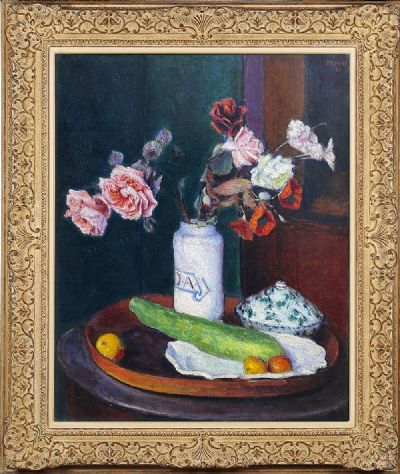
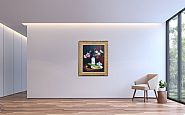

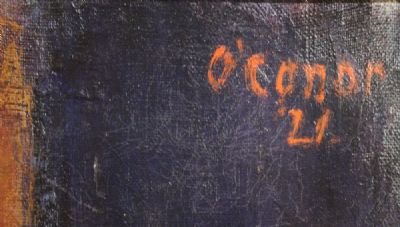

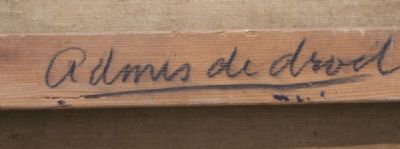
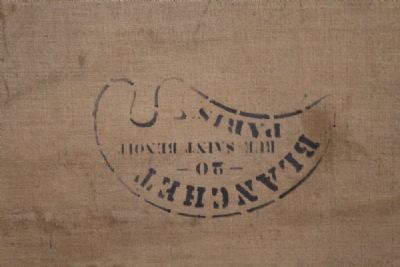
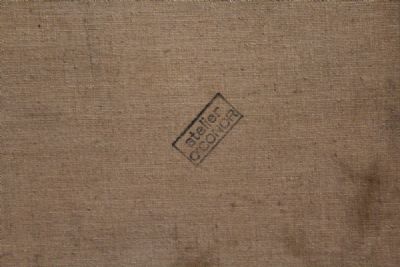
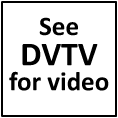 View More Videos
View More Videos DVTV Click Here To View Video
DVTV Click Here To View Video
